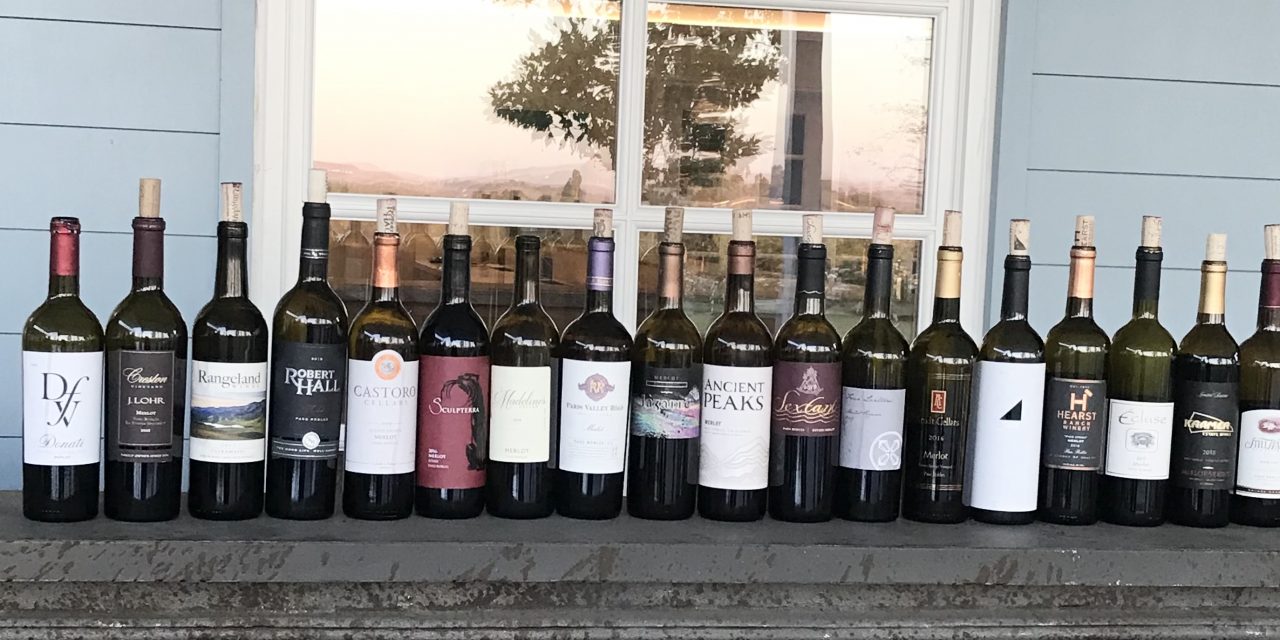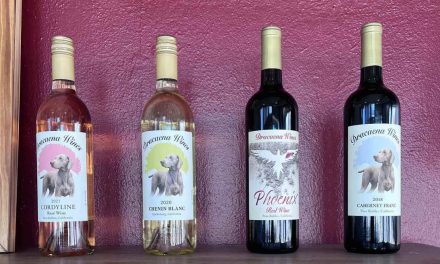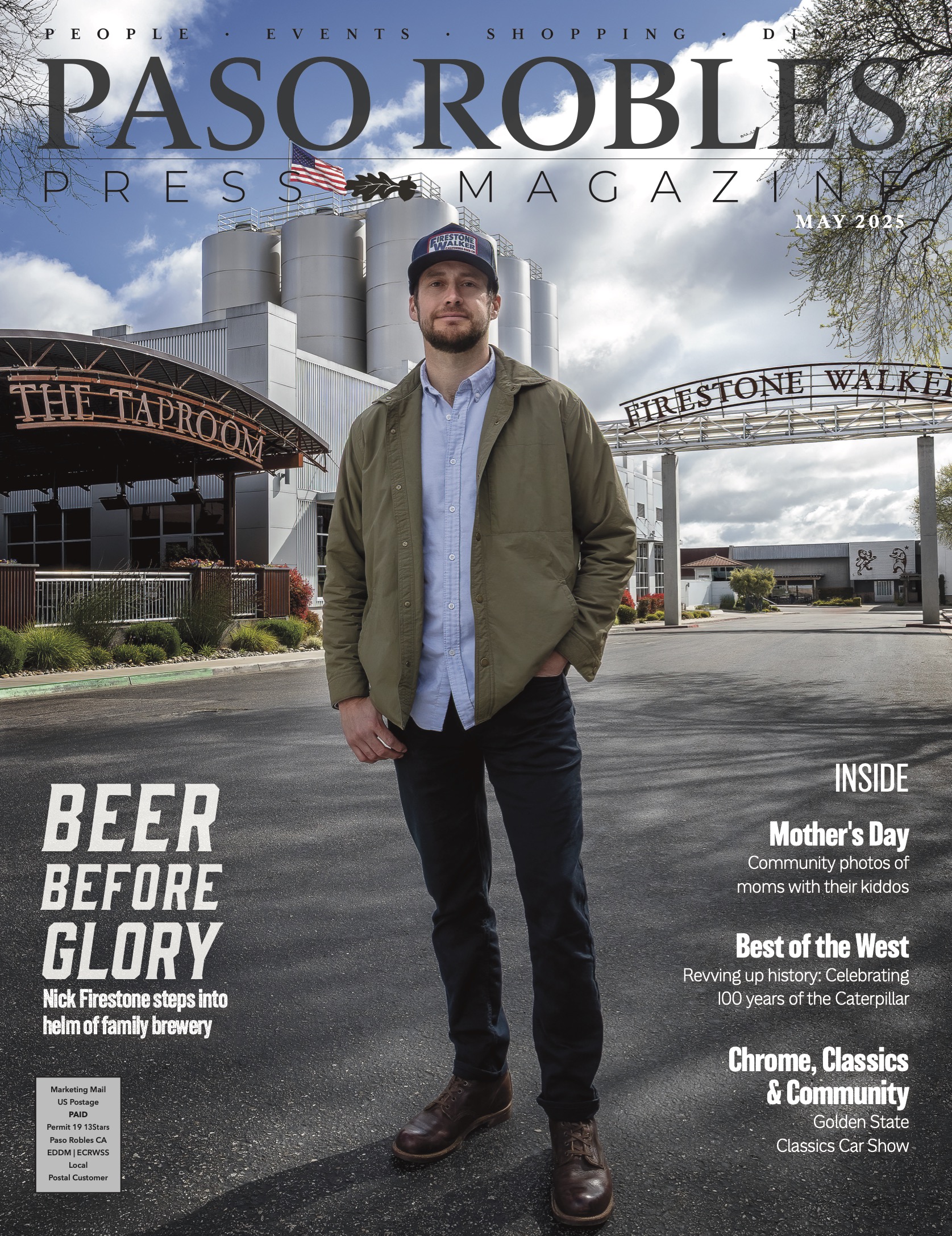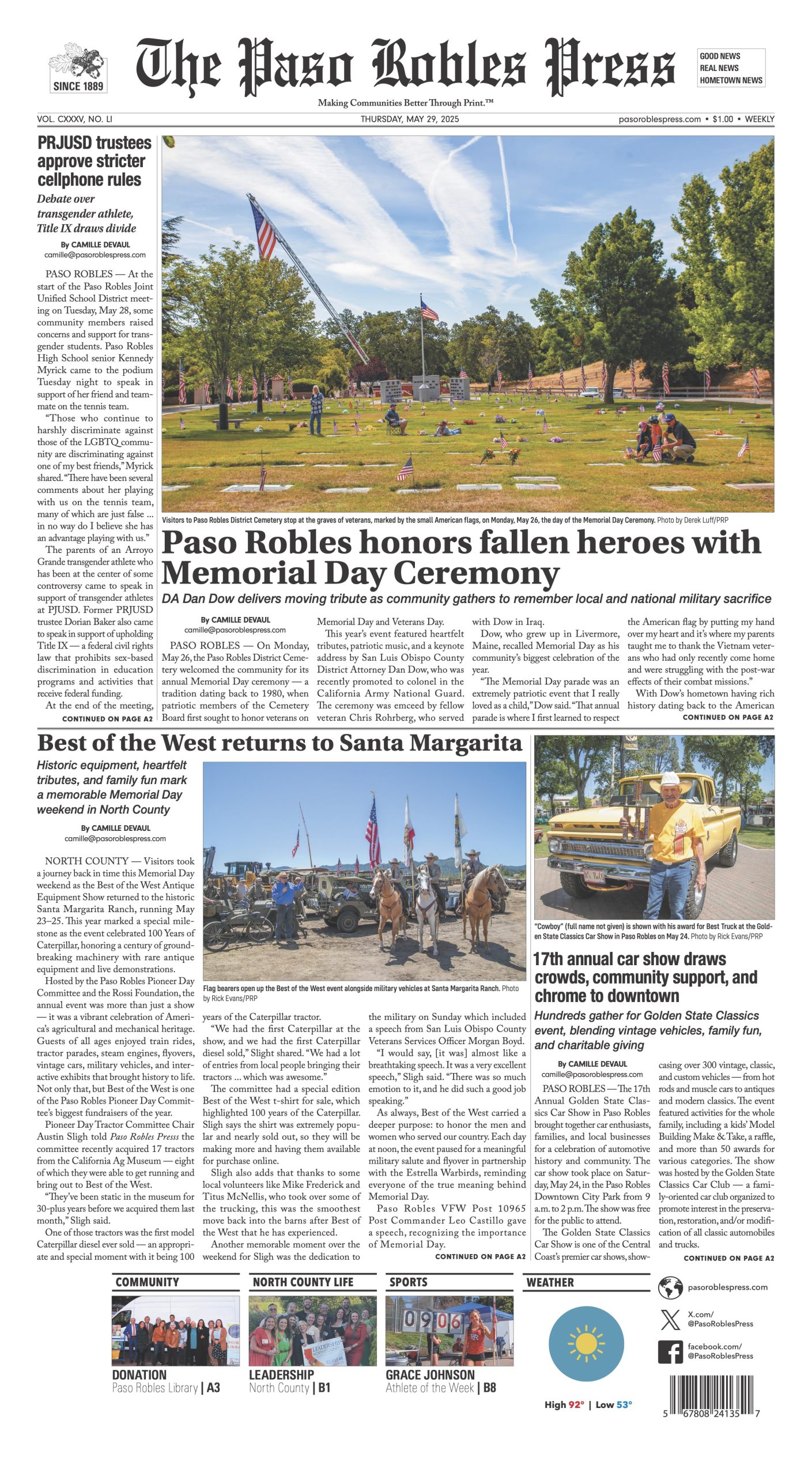The much-maligned wine is long past its identity crisis.
Merlot is trending and here to stay. In fact, it might have earned its place as verb, joining the likes of Google, Zoom and Instagram. Such as — shall we merlot for lunch? Or are you merlot-ing tonight? Possibilities are endless.
Seemingly, the hex on merlot has lifted from the 2004 film “Sideways,” especially the seminal phrase that caused much damage to this medium-bodied pleasurable wine. (If you don’t get the reference – Google it!)
Enter #MerlotMe movement, now kicking off its ninth year. Thanks to the efforts of Napa Valley’s Duckhorn family, noted for its high-end luxury merlots, and other Napa merlot producers, millennials, bloggers and influencers are jumping on the merlot bandwagon.
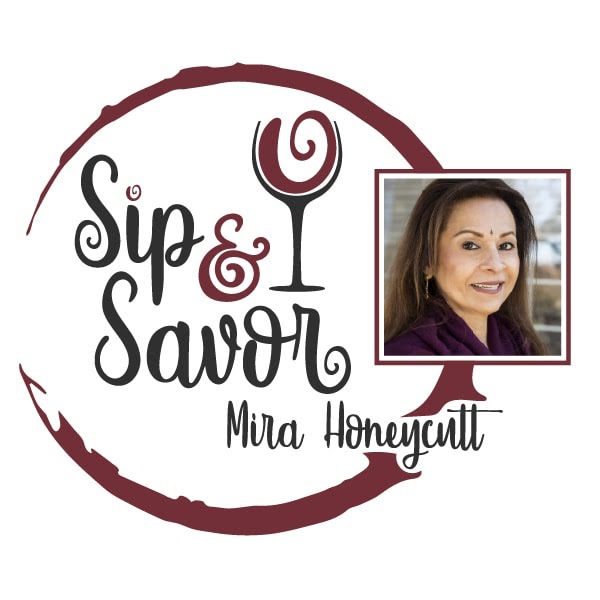
According to the 2020 MerlotMe stats, social media awareness racked up a whopping 18,724,611 impressions. The month-long ode to merlot which culminates on November 7 as National Merlot Day, will be celebrated by more than 100 merlot producers, wine merchants, restaurants and consumers as they taste and toast online (#MerlotMe) and at events, homes and restaurants around the World.
Responsible for some of the most exalted wines in the world such as Bordeaux’s Petrus and Tuscany’s Masseto, merlot is one of the most widely planted grapes on the globe.
For the past three years, I’ve been corralling Paso merlot winemakers to gather around a lineup of local merlots. This year a tasting hosted by Paris Valley Road Estate winery on the scenic terrace of its Gallic-inspired winery brought together winemakers and merlot aficionados, among them Doug Hidinger, Adam and Angie Lazarre, Don Arndt, Neeta Mittal and Chris Kern.
“Merlot is the reason I became a commercial winery in 2012,” declared Don Arndt of Arndt Cellars, a boutique label with a 700-case annual production. “It’s my number-two selling wine.” Ardnt poured his 2016 vintage, sourced from Penman Springs Vineyard, a deep garnet-hued wine effusive with black cherries and just the right amount of oak.
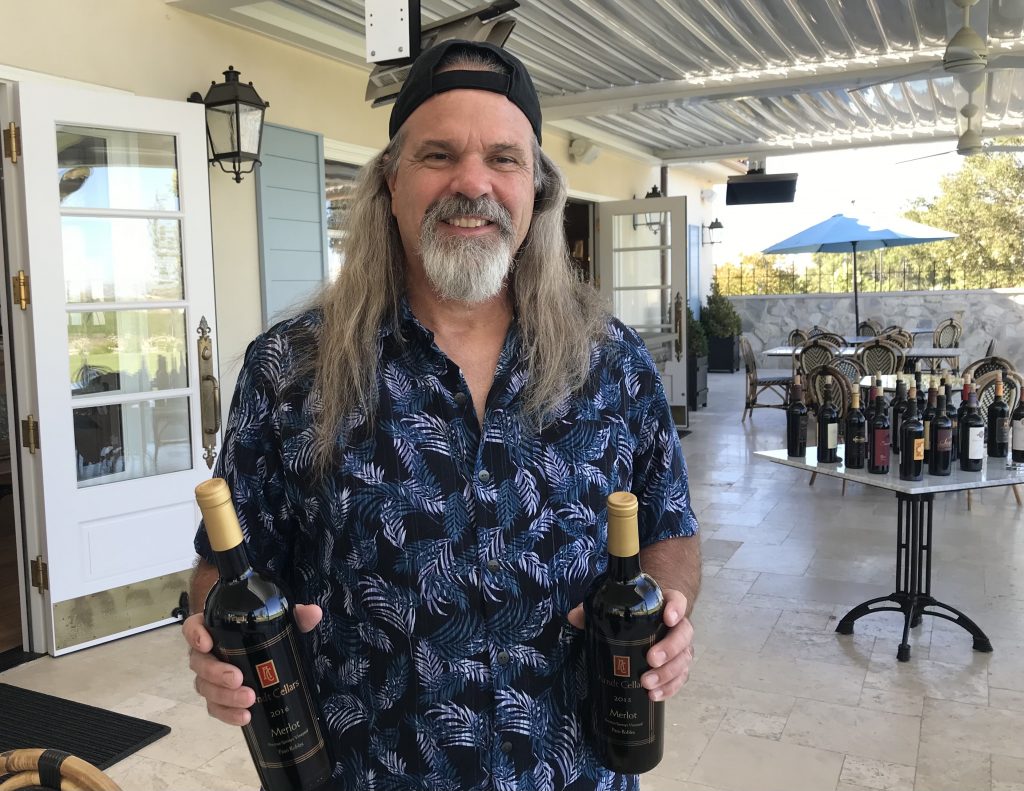
“I treat my merlot like a cabernet,” Arndt commented on the full-bodied wine that is barrel-aged for three years and bottle-aged one year. “It’s so big that I pour it [in the tasting room] before the cab.” He produces a mere 200 cases available through the tasting room he shares with Locatelli Winery.
On the other hand, Hidinger, winemaker at Paris Valley Road (PVR) Estate Winery, noted that they bring out the merlot as a surprise wine in the tasting room. “People can’t identify it,” he said. Produced from its RBZ Vineyard in the El Pomar District, the medium-bodied 2017 vintage was a rush of red fruits and anchored with firm tannins.
“Ours is a dark horse that’s coming along,” announced Angie Lazarre. The Lazarre merlot was launched in 2010 and at the time they couldn’t get people to try it, Angie recalled of a wine that is selling fast now. Luxurious on the palate and insanely seductive, the 2017 rocked with ripe blackberries, revealing traces of Paso garrigue.
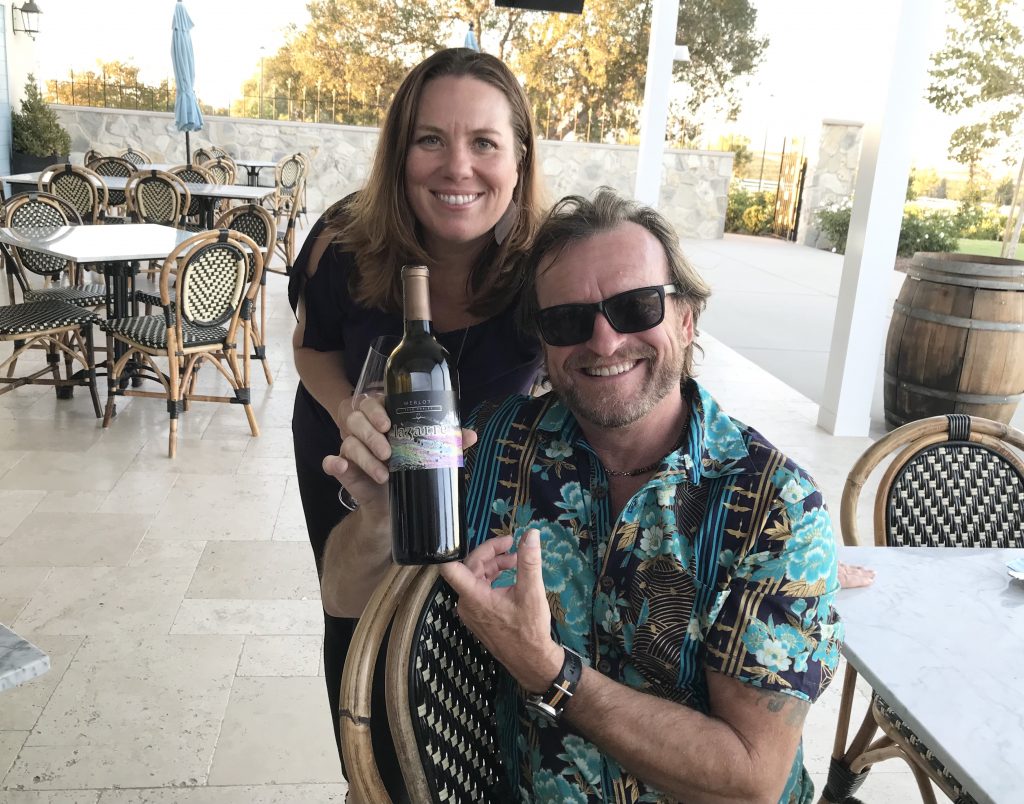
Hidinger admitted that till the narrative changes, winemakers are going to use it in blends. “It brings something to the table in blends; it elevates the blends in Sextant wines,” he commented on PVR’s sister winery on Highway 46 West.
From a grower’s viewpoint, it’s a challenging market, noted Steve Viera, vineyard manager for Derby Wine Estates. The 40-acre merlot planting on Derby’s eastside vineyards was redeveloped into cabernet sauvignon and petite sirah. “For a while, you couldn’t give it away, it was brutal, three to five years ago.” However, a small 11-acre parcel is planted to merlot on Derby’s westside vineyard, part of which goes into Derby’s Bordeaux-style blends and the rest sold to Justin Winery for its Isosceles program, Viera noted.
Agreed, it’s popular as a blending wine but a varietal merlot can reveal its opulence and decadence, bursting with ripe red fruits and soaring with savory notes.
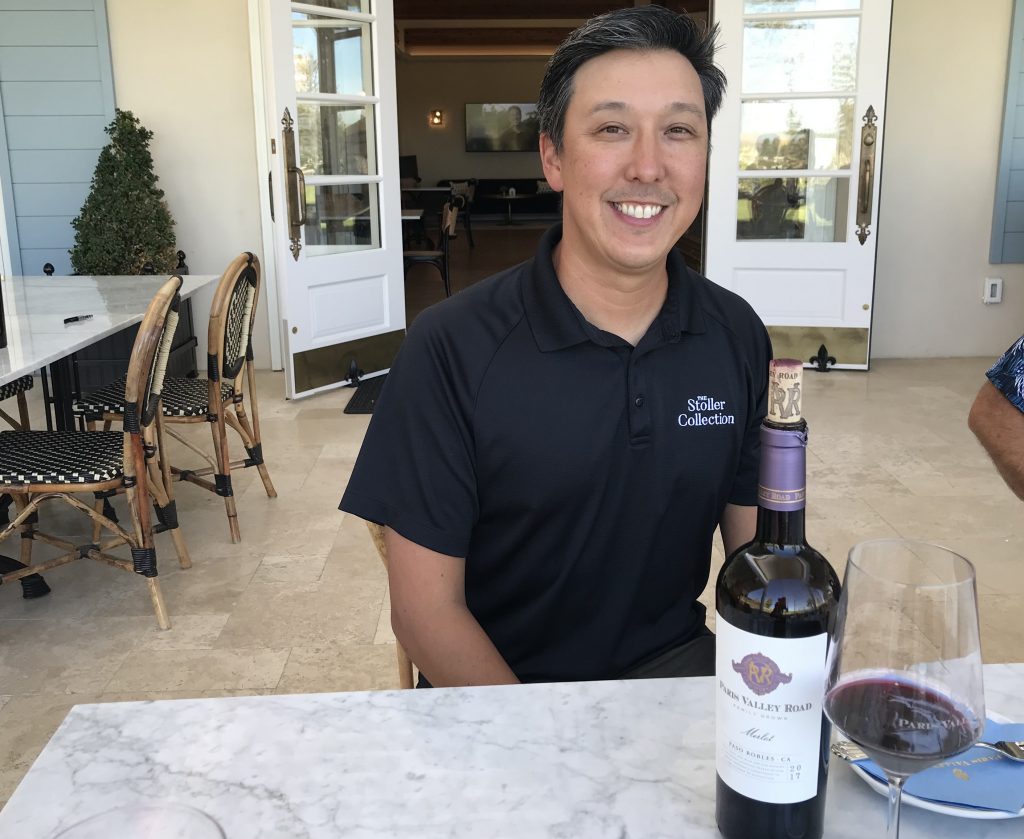
And it’s these characteristics that got Écluse owner-winemaker Steve Lock, who was making merlot as a blending wine for the past 15 years, to switch to varietal merlot beginning with the 2017 vintage, a wine that was lush and lyrical with ripe cherries and firm tannins.
Laura Kramer, on the other hand, has been producing varietal merlot all along. “It’s one of my favorite wines we grow on the estate,” said the winemaker of Kramer Estate Wines in San Miguel.
So, why the current release of the 50/50 blend of merlot/petit verdot, I asked Kramer?
Turns out, while the 2018 merlot barrel was effusive of aromas of plumy almost fruitcake-like notes, the adjacent barrel of petit verdot was lush with black fruit. “The tannins were a bit higher than the merlot, that’s when I decided that they were meant for each other,” she declared. Her decision on the 50/50 blend has resulted in the bold and sassy wine tempered with powerful tannins.
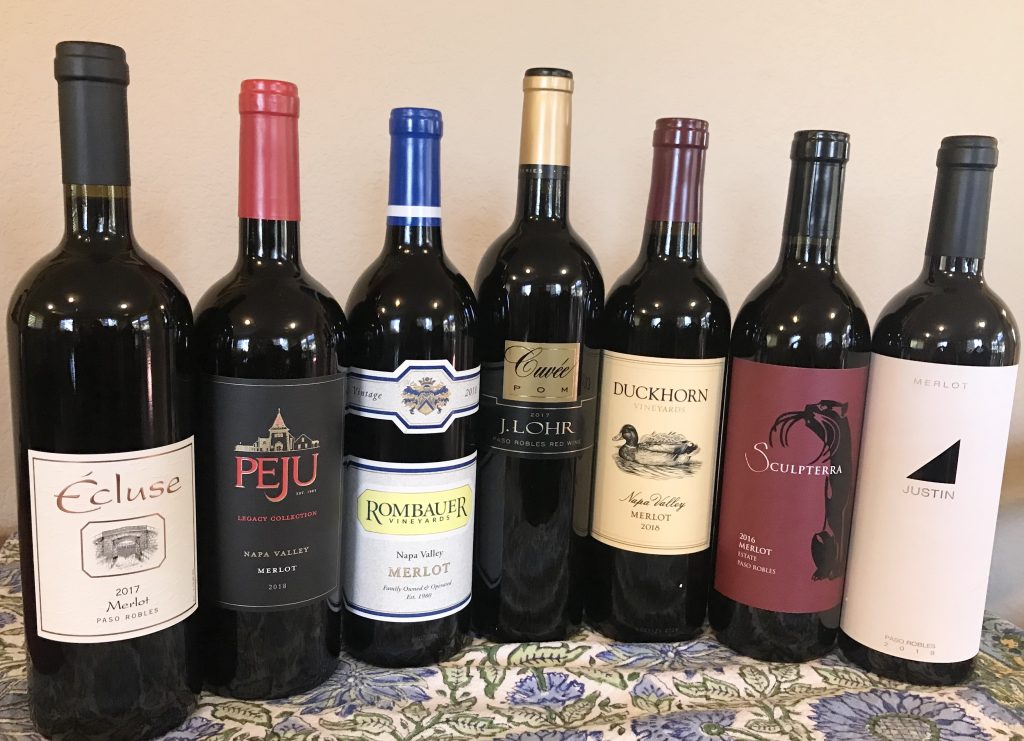
J. Lohr’s three styles of merlot ranged from fruit-forward 2018 vintages from El Pomar and Creston Districts to the luxurious merlot-driven 2017 Cuvée Pom, a nod to Bordeaux’s Pomerol region.
The 2019 Ancient Peaks was a silky and exuberant merlot crafted by Mike Sinor from its Santa Margarita Ranch, the 2018 Donati Family Reserve, was lush with blueberry flavors and smoky accent and the deliciously supple 2018 Madeline’s.
Merlots from Paso’s different enclaves, while true to their flavors of cherries and plums expressed a broad spectrum of characteristics. The eastside merlots from wineries such as Stillwaters, Sculpterra, Robert Hall, Broken Earth and Hearst Ranch were bold and fruit-forward, whereas the westside representation from wineries like Rangeland, Castoro Cellars, Four Lanterns and Justin were full-bodied with complex structure.
There were a handful of 2018 Napa merlots in the lineup: the signature Duckhorn, vibrant and effusive with ripe cherries laced with dusty tannins; an elegant and perfumy Seavey; the Peju Legacy Collection, ringing with Bing cherries; and the silky 2017 St. Supéry, lush with black plums and hints of mocha.
For good measure, we included a Bordeaux wine with some age on it, the 2012 Chateau Lassègue Saint Émilion Grand Cru, an opulent wine with brooding aromas of violets on the nose and classic blackberries and herbal notes.
When tasting Paso merlots alongside Napa, the consensus was that Napa merlots showed consistency in profile and texture while the Paso merlots revealed a maverick style, ranging from herbaceous to overly worked and everything in between.
Isn’t that characteristic of Paso? Its diversity that defines Paso’s varied winemaking culture. “Embrace it and celebrate it,” said Hidinger, in the true spirit of merlot’s approachable profile.
Check out other Paso merlots from Fratelli Perata, Midnight Cellars, Mitchella, Opolo, Le Vigne, Pear Valley, Penman Springs, Bianchi, Tobin James, Zanolli and more.
Merlot responsibly.

